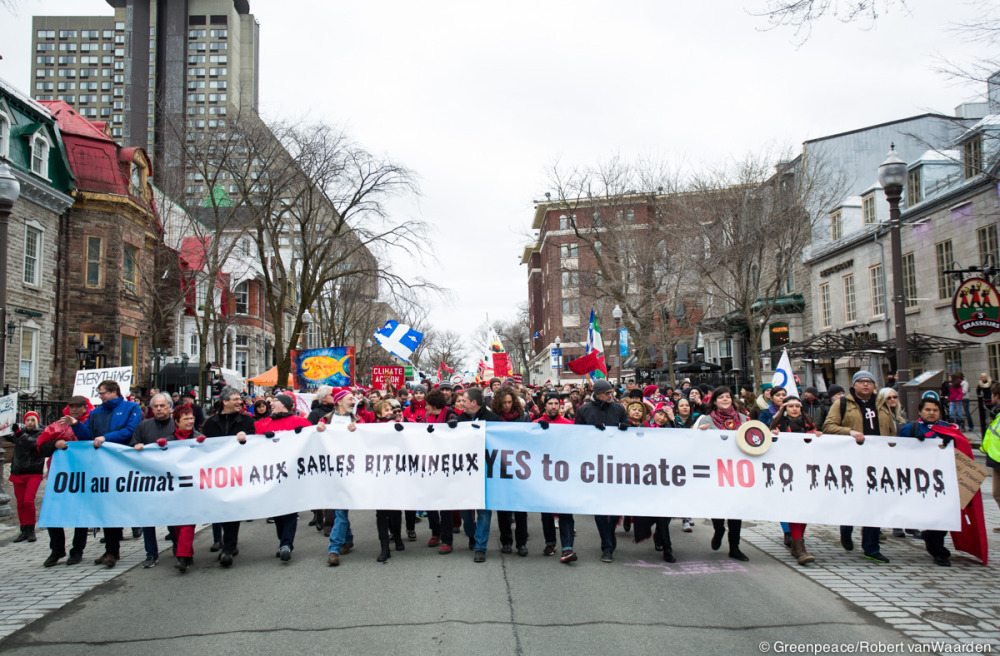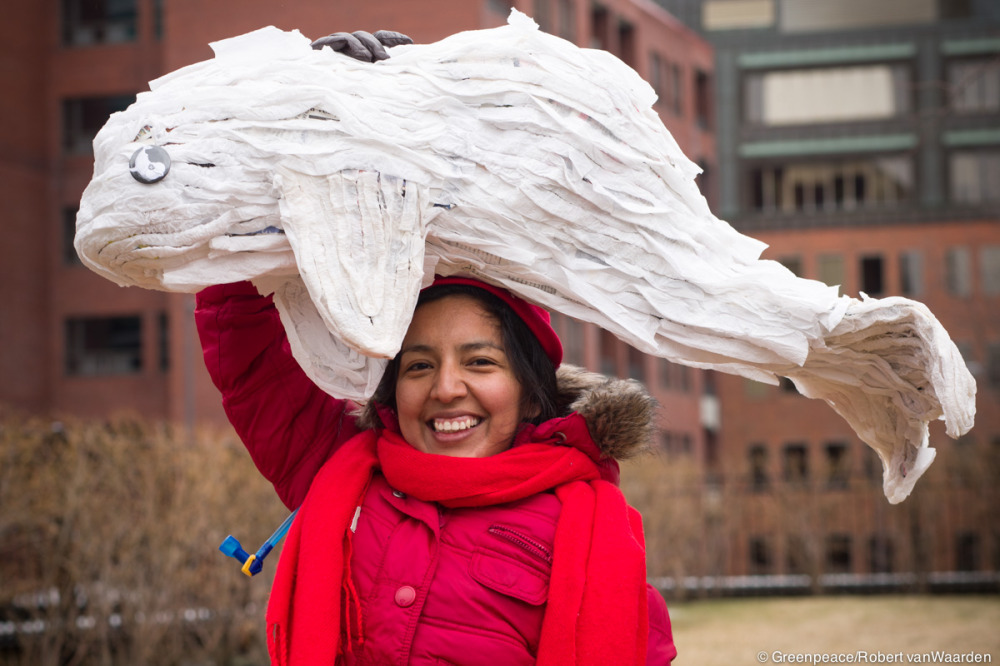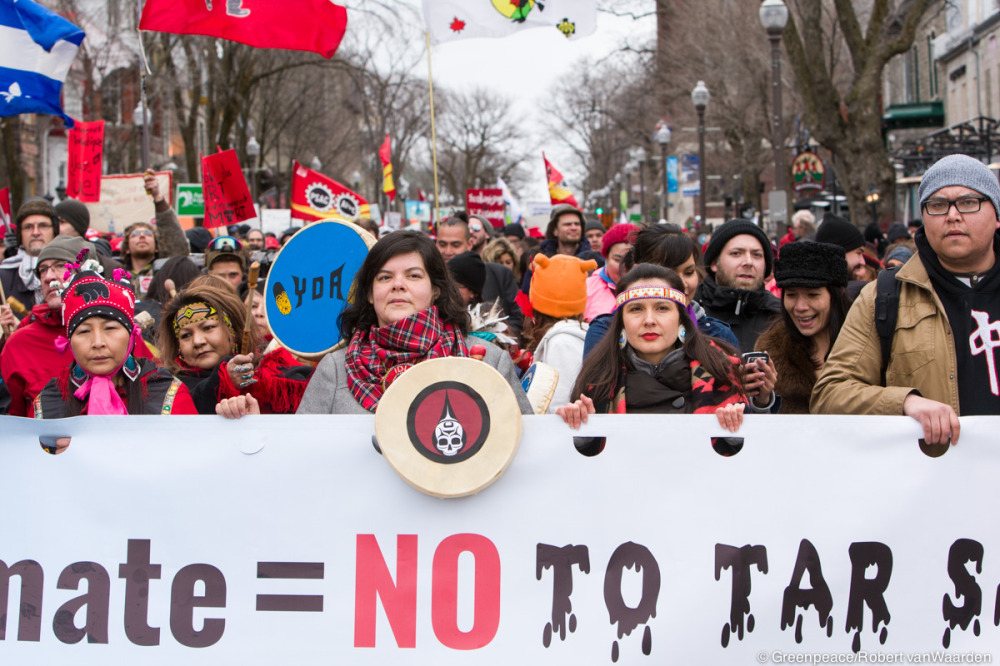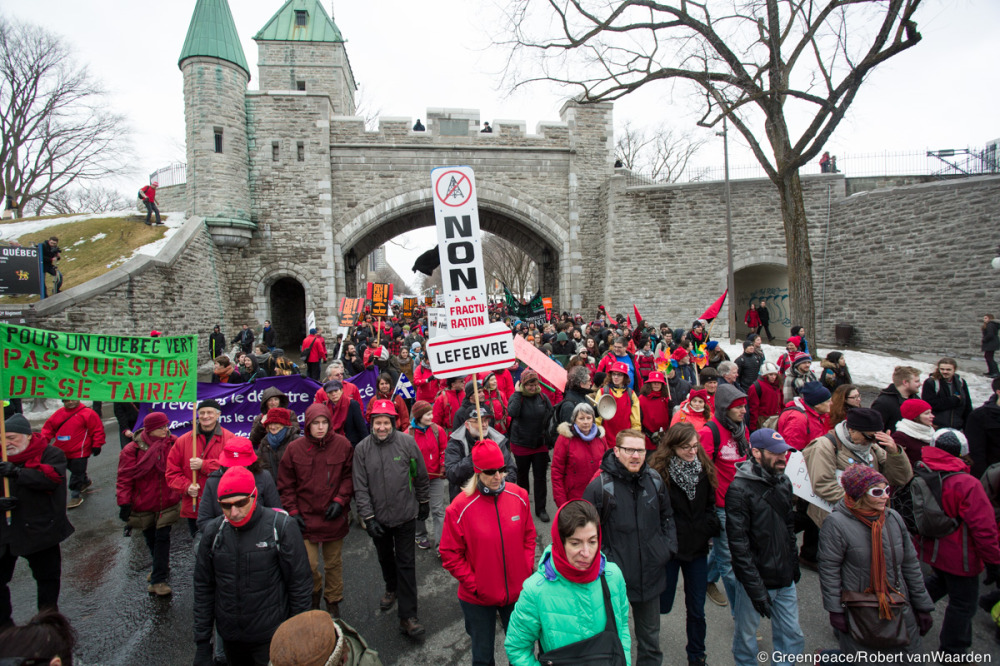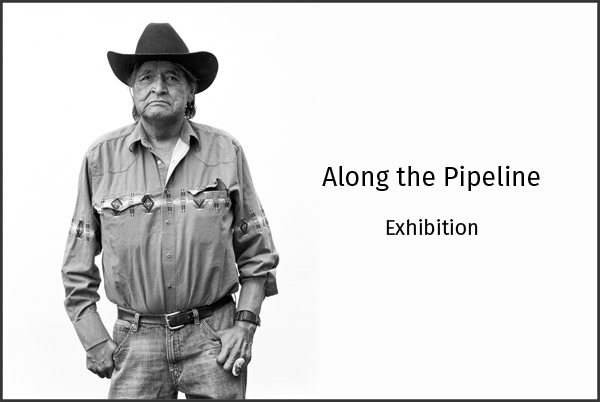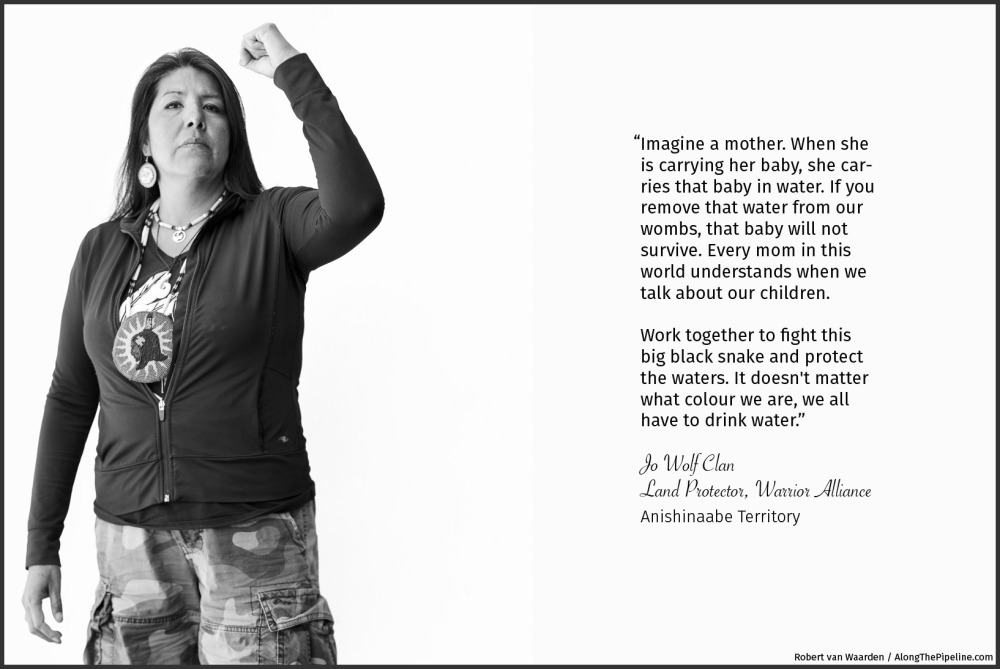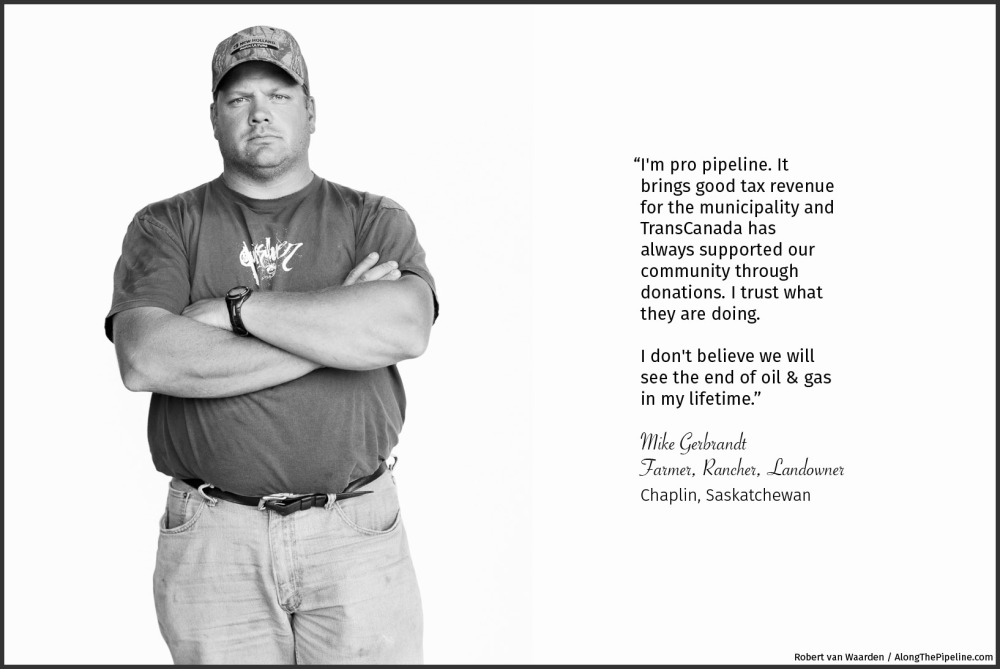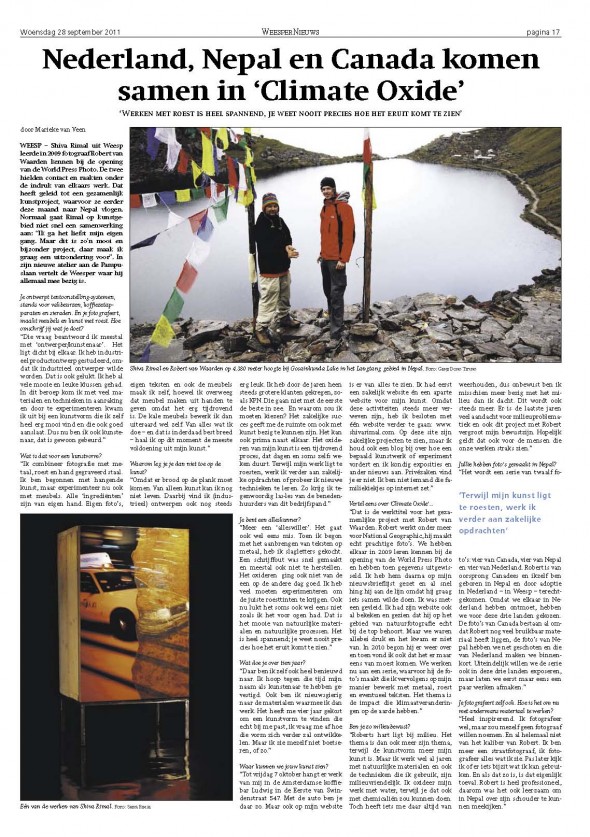“If I had to sum it up in one word, I would say identity,” says Piet Willem  Chevalier, owner and operator of I Love Windpower. “On my first trip to Mail, I saw this group of people that were really shy, that didn’t want to ask questions, they had no confidence. After we made that first turbine, we threw a party and it was quite amazing to see how this sense of identity grew.”
Chevalier, owner and operator of I Love Windpower. “On my first trip to Mail, I saw this group of people that were really shy, that didn’t want to ask questions, they had no confidence. After we made that first turbine, we threw a party and it was quite amazing to see how this sense of identity grew.”
One day Piet literally drove off the road, transfixed by a set of wind turbines. He couldn’t have known at that time that this incident would change his life. In a few years he would be bringing wind power to Mali where the poorest communities often pay the highest rates for energy.
One thing led to another and Piet started working as an engineer for Siemens wind. After about a year Piet discovered the work of Welsh engineer, Hugh Piggott. Mr. Piggott is the inventor of an open source, affordable, small-scale wind turbine design. Piet invited Hugh to come and teach a workshop in the Netherlands. It took some convincing, but Mr. Piggott finally agreed.
That workshop taught Piet how to build these turbines, and in doing so it changed Piet’s life. Piet knew that he needed to take this new skill and technology to a place where it would be most beneficial and he could pass it on. One of his best friends was from Mali and he figured that Mali was as good as anywhere else to get started. He founded I Love Windpower. Designing a course that was easy to teach, transcended language barriers and used readily available materials, Piet flew to Mali. In two weeks, he and a team of 10 people, 5 who couldn’t read or write and 5 who couldn’t speak any French, built a better turbine then Piet himself had done.
The windmills while deliver energy to the homes also had unexpected impacts. Two men participating in the workshop were from different tribes that for the last 20 years haven’t spoke. During the workshop the two men became great friends and now the tribes are talking to each other again. The sense of identity and ownership derived from this windmill project has been remarkable.
“This is something that I never realized when starting this. Even if this project is going to fail completely and they never make a business out of it – which I still believe is possible and just takes some more time – every investment has accomplished so much from a social and identity perspective.

Recent events in Mali have threatened I Love Windpower’s projects. Not only because of the military coup and the rebel unrest, but because of an impending food crisis. Piet recently wondered whether his little amount of money would be better used feeding people. After much debate with his team, they decided to keep the project running. They decided that giving these people something to be proud of and which one day may become a financially-sustainable business was deemed equally important.
Piet is now also working with Wind Empowerment, a group dedicated to small turbine development across Africa and the globe. He will be attending Rio+20 and setting up windmills around the conference. Some of his volunteers have taken the skills gained with Piet even further and in one case started the Tanzania branch of I Love Windpower.
As for the Mali project, it is too early to see where it will go, but one thing remains certain, small-scale windmills are helping build community and identity while providing much needed electricity to Mali.
This blog post is part 2 of a series of wind energy stories. Next week meet Amrit Singh Thapa, an engineer from Nepal who has a big wind energy vision.
